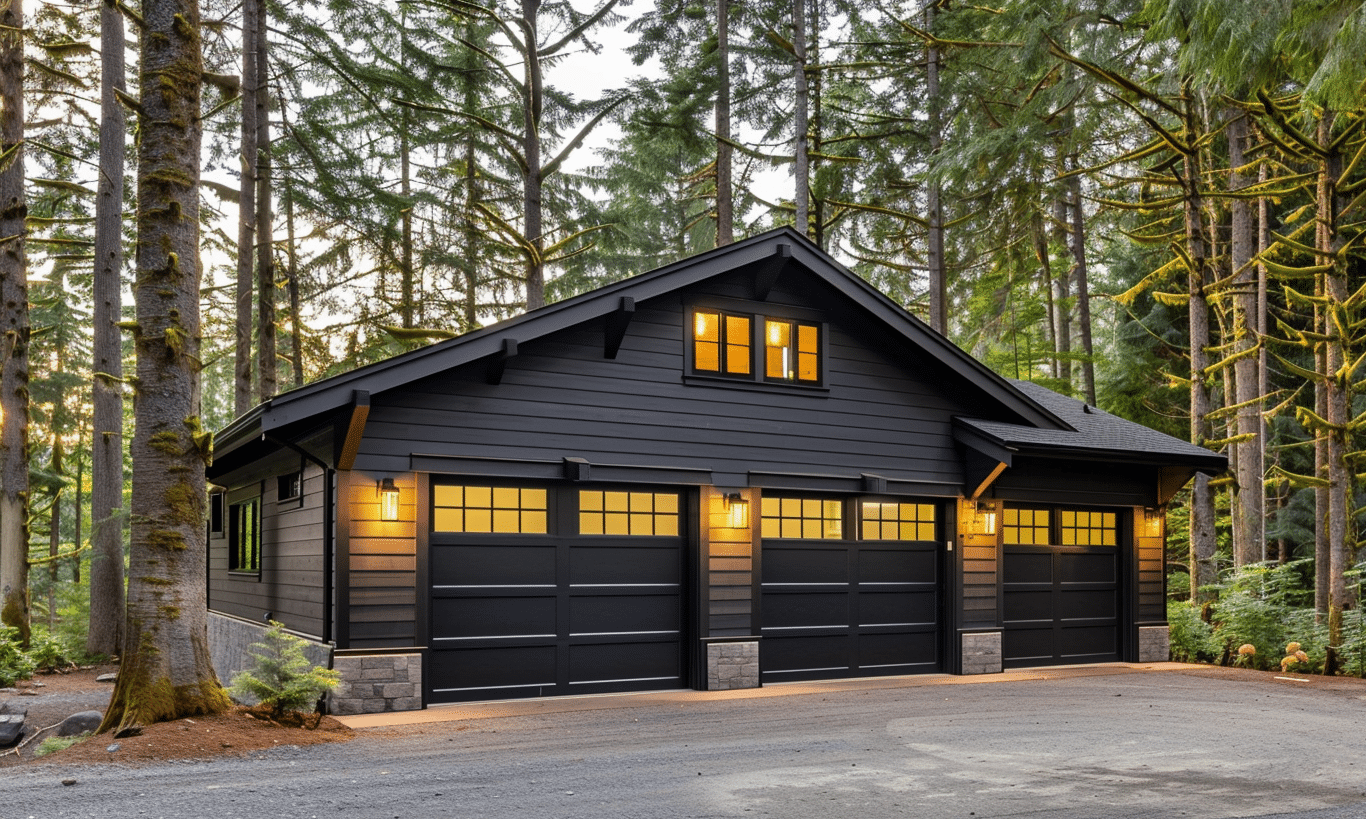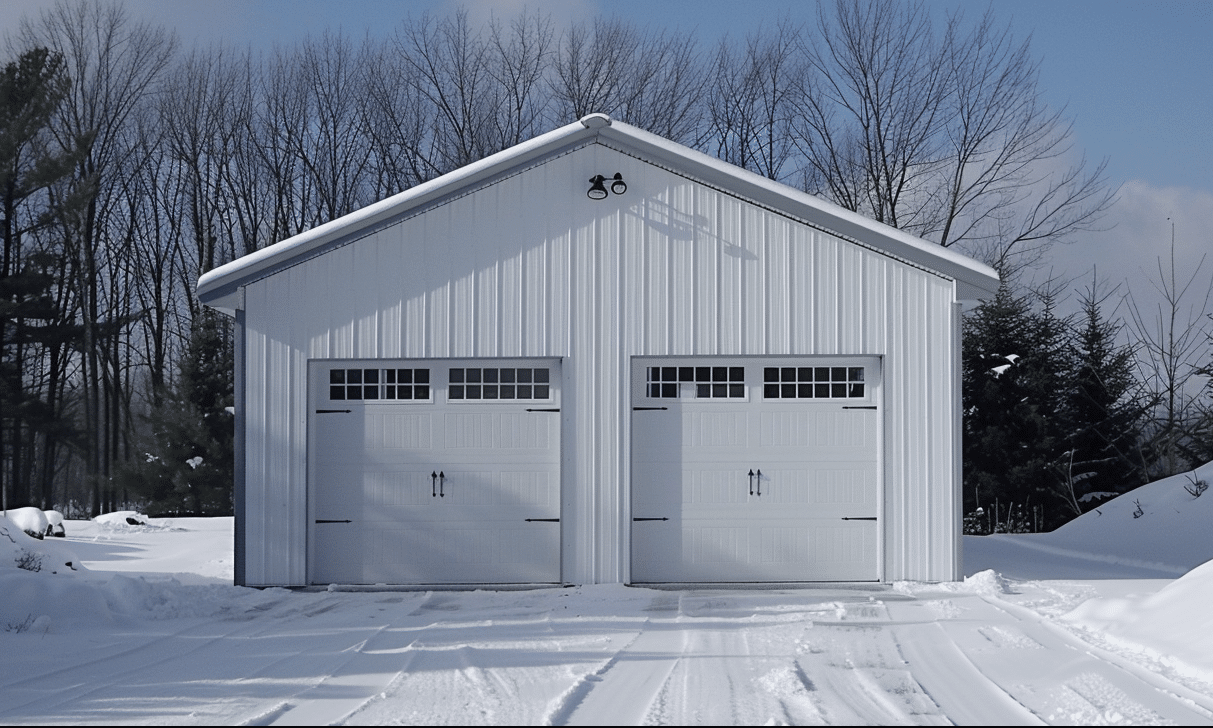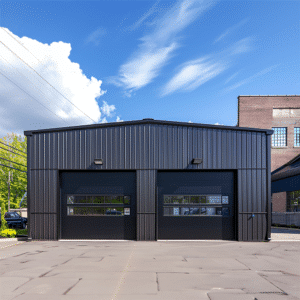When it comes to the age-old art of construction, brick has always had a classic allure that’s hard to resist. Its rustic charm and enduring strength bring to mind picturesque historical scenery and resilient infrastructure. But is brick the perfect choice for your next construction project? In this in-depth look, we dive into the brick in construction pros and cons, offering insights that will help you make informed decisions that withstand the test of time.
The Solid Advantages of Brick in Construction
Bricks have been an unwavering part of construction history, but what makes them such a steadfast choice across centuries?
1. Aesthetic Appeal
Bricks offer a timeless, rustic look that fits seamlessly into a variety of architectural styles. From cozy cottages to modern urban homes, bricks contribute a visually pleasing texture and depth that few other materials can match. Imagine the inviting warmth and character that a brick facade can add to a neighborhood.
2. Durability and Strength
One of the notable pros of using bricks in construction is their remarkable strength and longevity. Buildings constructed with brick can endure generations, standing firm through severe weather conditions. Unlike wood, which is vulnerable to termites and decay, or certain metals at risk of corrosion, brick remains steadfast.
3. Thermal Insulation
Functioning as natural insulators, bricks help to regulate indoor temperatures. This thermal mass means warmth is retained in winter and kept at bay in summer, potentially reducing energy bills. Homes constructed with brick have a reputation for maintaining a comfortable internal temperature during seasonal fluctuations.
4. Sound Insulation
The dense nature of bricks also makes them effective at dampening sound. For buildings situated in lively urban areas or near bustling roadways, this aspect makes brick an appealing choice for minimizing noise pollution.
5. Fire Resistance
Bricks are inherently resistant to fire, offering peace of mind and protection for homeowners and building occupants. This is particularly advantageous in areas prone to wildfires or in structures where fire safety is paramount.
The Challenging Downsides of Brick
While the benefits are appealing, it’s important to consider the potential drawbacks when weighing the brick in construction pros and cons.
1. Cost Considerations
Building with brick can be significantly more expensive than alternatives like Concrete as a building material. The material costs, coupled with labor-intensive installation, can pose budgetary challenges for those looking to keep costs down.
2. Labor Intensive Installation
Bricks require skilled masonry for proper installation. Compared to concrete or other modern construction materials, laying bricks is more time-consuming and labor-intensive. Not only does this increase labor costs, but it can also extend project timelines.
3. Limited Design Flexibility
While aesthetically pleasing, bricks are more rigid in terms of design flexibility. Curved or complex architectural features may be more challenging to execute with brick compared to other materials. For creative architectural visions that require greater moldability, other materials might offer more flexibility.
4. Structural Limitations
In regions susceptible to seismic activity, brick’s rigid structural characteristics can be a disadvantage. The lack of give makes structures more prone to cracking during earthquakes. In such areas, modern materials like reinforced concrete or a 60×100 steel building kit might offer a more resilient alternative.
Comparing Exterior Finishes
For those undecided between brick and other options, an Exterior finishes comparison provides clarity on how brick measures up to alternatives like stucco or stone in terms of aesthetics and performance.

Brick and Sustainability: A Modern Perspective
As sustainability becomes a central focus in modern construction, the environmental impact of brick deserves attention.
1. Environmental Concerns
The production process of bricks, which involves the kilning of clay at high temperatures, is notably energy-intensive. This can lead to a higher carbon footprint compared to some more environmentally friendly materials.
2. Long Lifespan Counterbalance
On the flip side, the durability of brick means that structures require less frequent replacement or repair. This long life can offset the initial environmental costs, presenting a sustainable choice in the long term.
3. Modern Alternatives
With advancements in technology, alternatives such as precast concrete or recycled materials are gaining traction for their lower environmental impact while providing similar benefits.
The Verdict: Weighing Brick Construction
The decision to use brick in your next construction project involves a careful weighing of pros and cons. By considering factors like budget, aesthetics, structural needs, and sustainability, you can determine if brick aligns with your vision and requirements. For a detailed exploration of the subject, the Canada Green Building Council – Pros and Cons of Brick offers further insights.
Ultimately, whether you opt for classic brick or explore other materials, successful construction hinges on making choices best suited to your specific goals and context. While brick offers timeless charm and proven results, today’s builders have a plethora of modern options that might better serve their unique aspirations.










